National Safe Boating Week May 21-27: Part 1
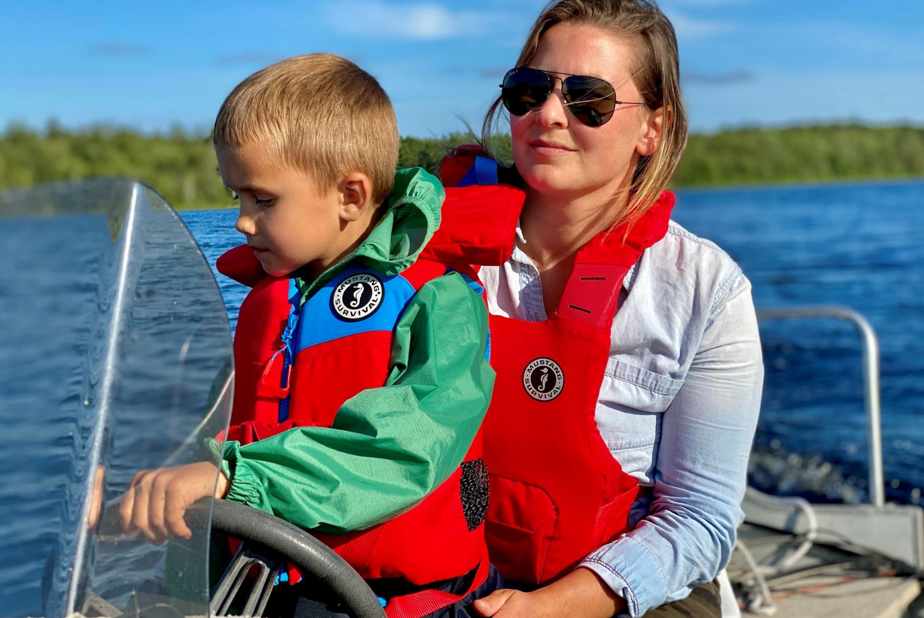
For smart captains, every week is boating safety week. But official National Safe Boating Week (NSBW), set for May 21-27 this year, is a good time for all who enjoy boating to brush up on the fundamentals of keeping safe afloat.
Although boating is remarkably safe, it requires vigilance and basic skills to assure all aboard remain secure, whether you boat on a placid inland lake or frequently-challenging open seas.
The Grim Statistics
According to the statistics recorded by the U.S. Coast Guard in 2020, there were 5,265 reported accidents that involved 767 deaths, 3,191 injuries and approximately $62.5 million dollars of damage to property as a result of recreational boating accidents.
The fatality rate was 6.5 deaths per 100,000 registered recreational vessels. This is a low number percentage wise — just 0.0065%. It’s not quite as safe as sitting at home, but the chances of trouble are low.

Boating is nearly twice as safe as driving on U.S. highways, where there are about 11 deaths per 100,000 annually.
On the other hand, the 2020 death rate is an increase from the 2019 fatality rate of 5.2 deaths per 100,000 registered recreational vessels.
The increase may have been due in part to the many less experienced boaters on the water more often as a result of more time off work during the pandemic. Where cause of death was known, 75% of fatal boating accident victims in 2020 drowned.
PFDs: The Basic Safety Essential
Of those drowning victims, 86% were not wearing a life jacket.
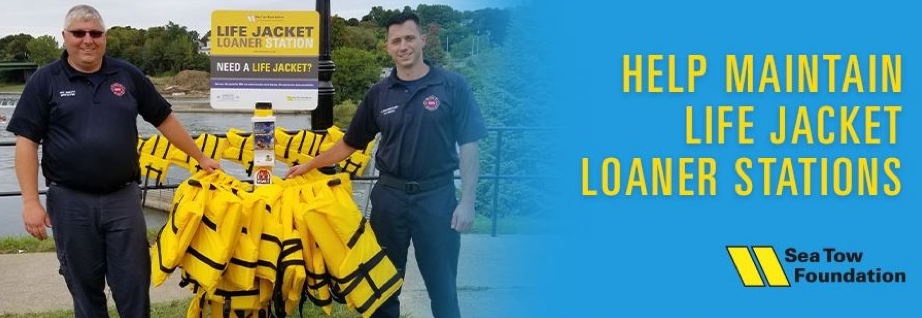
Obviously, the simple solution for avoiding many life-threatening situations while afloat is to wear a Personal Flotation Device (PFD) at all times.
In the past, PFDs were bulky, uncomfortable and hot. Many modern inflatable devices are no more obtrusive than a belt or a pair of suspenders.
“Remember, the best life jacket is the one you will wear,” says Yvonne Pentz, communications director of the National Safe Boating Council. “Whether you’re going fishing or just enjoying a ride on the boat, boat like a pro and make sure you’re prepared.”
PFDs are required for children 12 or under in most states anytime a boat is underway and are required in many major competitive fishing events, but the majority of us continue to leave them in the storage lockers. We’d all be better served to consider them as essential as the seatbelts in our vehicles.
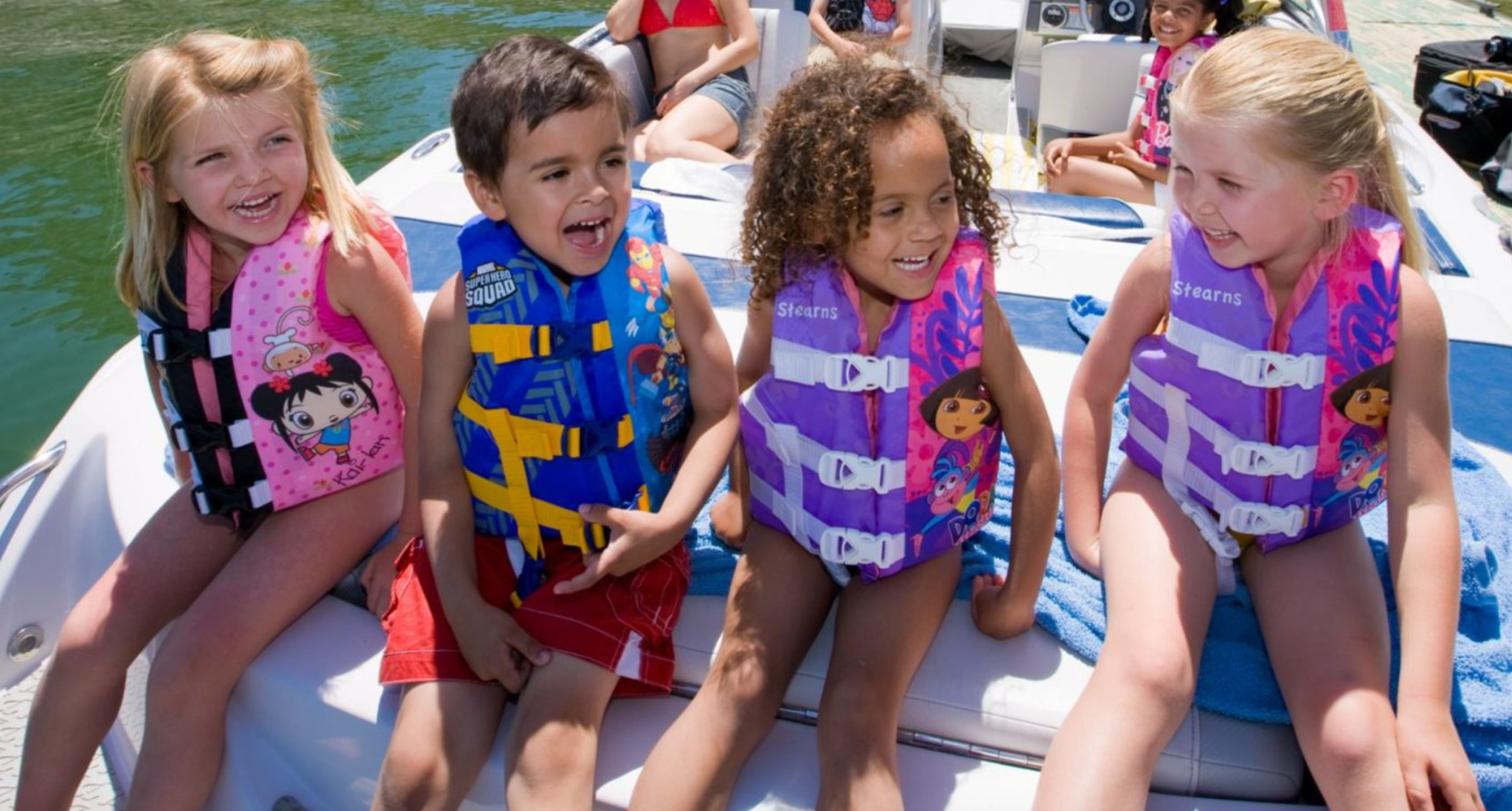
Free Life Jacket Loans
Since 2008, the Sea Tow Foundation has distributed more than 83,000 life jackets to local businesses and organizations across the country. There are more than 950 life jacket loaner stations currently in operation are placed in locations where boaters will have easy access to the life jackets, such as boat ramps, marinas, and parks.
Boaters may borrow the life jackets at no cost and are asked to return them when they are finished so that they are available for others to use.
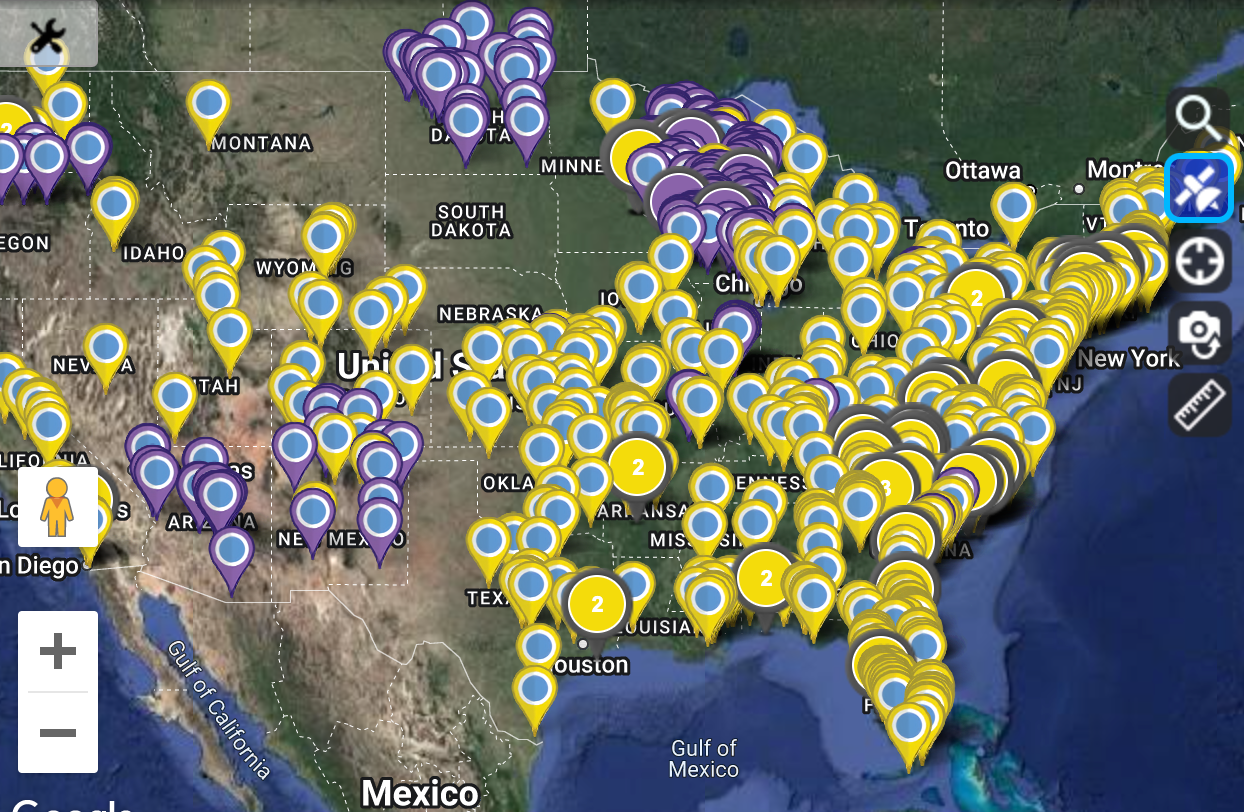
To develop a Life Jacket Loaner program, organizations are asked to consider working with partners, finding future funding, choosing a good location, and publicity. For more information, visit Creating a Successful Life Jacket Loaner Program.
Vessel Size as a Factor
Eight out of every 10 boaters who drowned were using vessels less than 21’ (6.4 m) long. This could be unsurprising since there are so many more boats of this size, and because smaller boats are inherently easier to capsize or to fall overboard from.
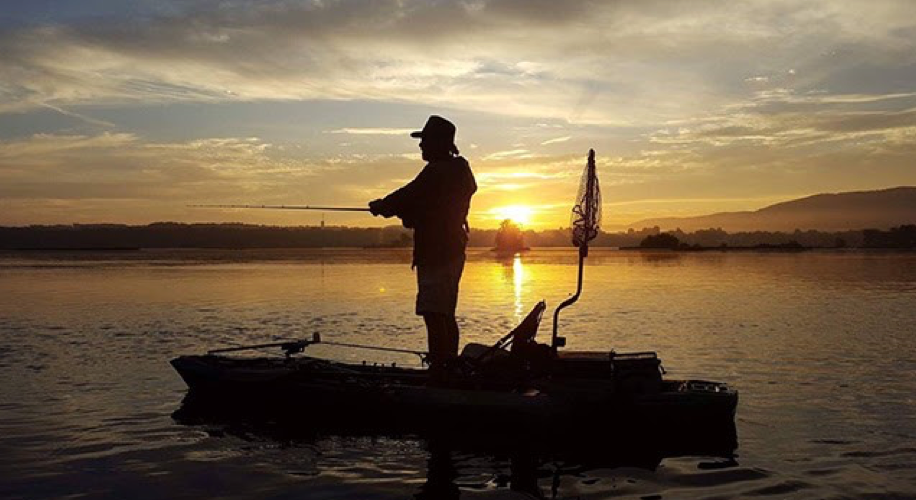
Unmotorized boats are disproportionately involved in accidents and the booming kayak industry has put many more anglers and nature lovers on the water in these tiny boats. While most are surprisingly stable for their size, capsizes are inevitable in extended use. It’s a must, if you use them, to be sure you know how to get back aboard from the water.
Making sure that other boats can see you is also critical in these small craft that are not required to have running lights when under manual power. A powerful waterproof flashlight at hand is a must, and better is at least a single white light on a mast tall enough to be seen 360 degrees between sundown and sunrise.
By day, most smart kayakers display a bright orange flag on a tall mast to help other boaters see them. It’s also a good idea to keep a portable air horn close at hand and be ready to sound the universal danger alert of five short blasts to alert oncoming powerboats.
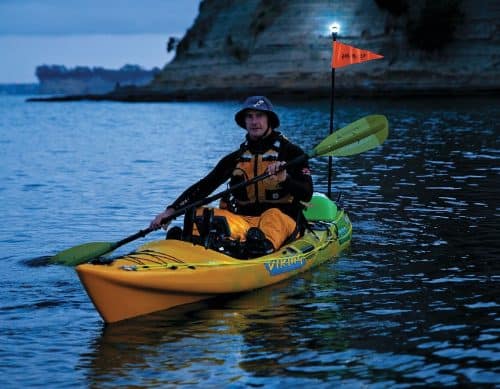
Boater Ed Saves Lives
According to the American Boating Association, 70 percent of boating accidents are caused by operator error as opposed to equipment or environmental factors. Estimates suggest less than 10% of minor boating accidents are reported.
Incompetent boaters cause more accidents and the incidents they cause are more severe. Where instruction was known, 77% of deaths occurred on boats where the operator did not receive boating safety instruction.
Only 12% percent of deaths occurred on vessels where the operator was known to have received a nationally-approved boating safety education certificate.
Here are some sources of boater education courses:
- U.S. Coast Guard Auxiliary (click here to read about available courses)
- U.S. Power Squadrons
- National Safe Boating Council
- Boat-Ed
- Boat Safe
- Safe Boating America
- Mariner's Learning System
Causes of Accidents
Operator inattention, operator inexperience, improper lookout, excessive speed, and machinery failure rank as the top five primary contributing factors in accidents.
Alcohol use by the operator was involved in a majority of fatal accidents.
Collisions with other vessels were a top cause of accidents and the third most accidents resulted from collision with fixed objects — both are the result of the operator failing to keep a sharp lookout or inexperience.
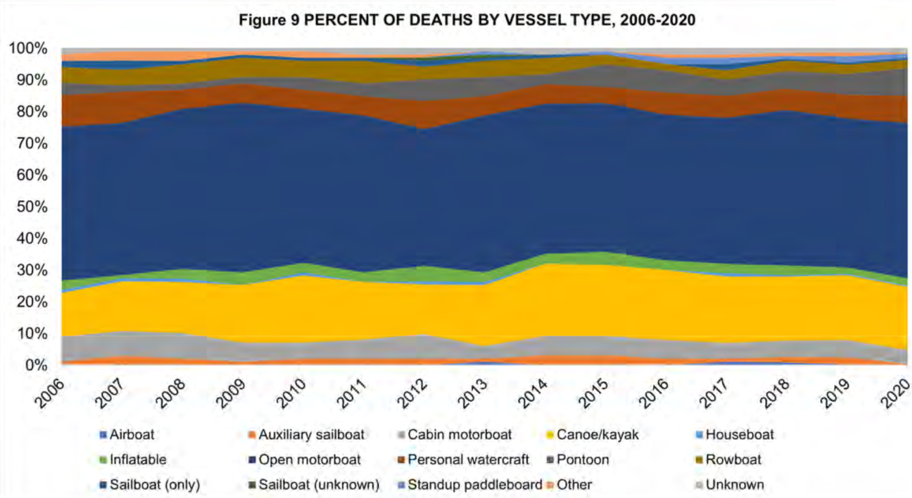
The vast majority of accidents and deaths occurred on inland lakes and rivers and in calm conditions with good visibility — the places where most people boat and the sort of weather that draws lots of boaters to the water.
See the entire report here: https://uscgboating.org/library/accident-statistics/Recreational-Boating-Statistics-2020-Revised.pdf

While the statistics indeed seem grim, boating is overall a safe pastime when practiced by sober, educated operators with properly maintained gear. We’ll look at some tips for assuring you stay safe in Part 2.